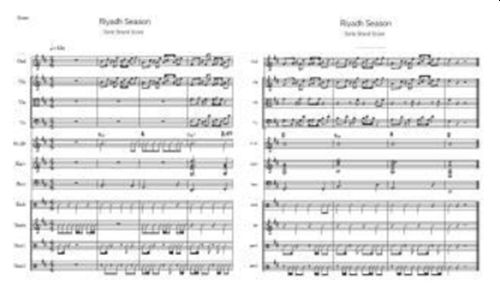- within Intellectual Property topic(s)
- within Intellectual Property topic(s)
- within Intellectual Property topic(s)
The definition of 'non-conventional' trade marks in the UAE has become broader and reflects the changing nature of what the marketplace considers a trade mark can be.
Sounds and smells, two of the most evocative of our senses in terms of memory recall, are capable of registration as trade marks in the UAE.
At the end of 2021, the largest legislative reform in the history of the UAE was announced. Over forty laws, covering a range of areas, were included in these changes, and comprised either amendments to existing laws or the introduction of new laws.
This included Federal Law No. 36 of 2021 on Trademarks came into effect on 2 January 2022 and replaced the previous trade mark law (Federal Law No. 37 of 1992). One of the key changes in the new law was the revised definition under Article 2 as to what was 'a trade mark':
Every object that has a distinctive form, including names, words, signatures, letters, symbols, figures, addresses, stamps, drawings, photos, inscriptions, packaging, figurative elements, shapes, color, set of colors or a combination of such elements, or a sign or a set of signs, including 3D marks, hologram marks or any other mark used or intended to be used to distinguish the commodities or services of a particular organization from the commodities or services of any other organizations, to indicate that a particular service is performed, or to conduct monitoring or inspection of the commodities or services, shall constitute a trademark. Objects related to sound and smell may also be classified as a trademark.
A recent example of a non-conventional trade mark application in the UAE was for a sound mark covering a range of services in class 41. The depiction of the sound mark was via musical notation, as seen below, and which enables the manifestation of the sound to be understood (provided you can read sheet music).

At the time of writing, smell or scent based trade mark has yet to be granted registration in the UAE. However, given the increasing number of brands who are actively seeking smell/scent based registrations around the world, and that these registrations are possible in the UAE, it is likely only a matter of time.
Earlier this year, and following a six-year battle, Crayola Properties, Inc. secured US Registration No. 88111282 for a scent mark in class 16 for crayons with the description of the trade mark being "The mark consists of a scent reminiscent of a slightly earthy soap with pungent, leather-like clay undertones".
The issue for any brand owner seeking registration of smell or scent based trade mark will be, as Crayola found with its 'crayon smell', is establishing that the particular smell or scent is distinctive of the applicant's particular goods and non-functional in order that it can fulfil the essential function of a trade mark as source identifier or badge of origin.
Establishing this level of distinctiveness requires very extensive evidence of distinctiveness.
This can be costly to obtain, so smell or scent based trade marks are not necessarily ones that fit within the budget of many brand owners but nevertheless remain an option (where applicable) in a comprehensive trade mark protection strategy which encompasses the 'traditional' trade marks of words, numbers or shapes.
The content of this article is intended to provide a general guide to the subject matter. Specialist advice should be sought about your specific circumstances.


